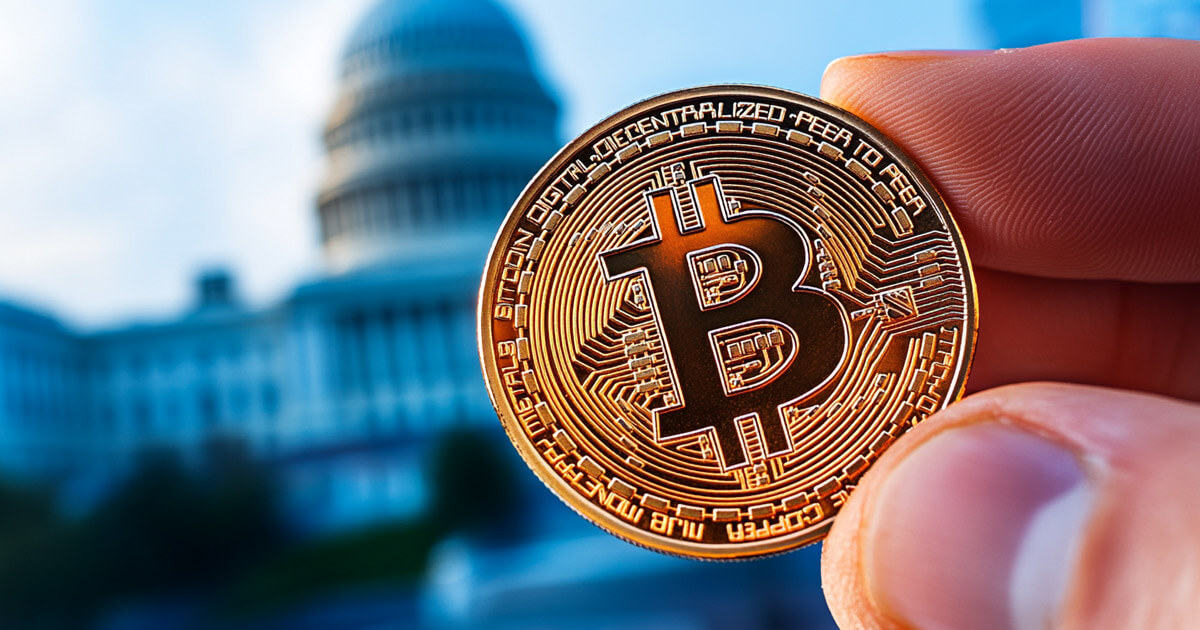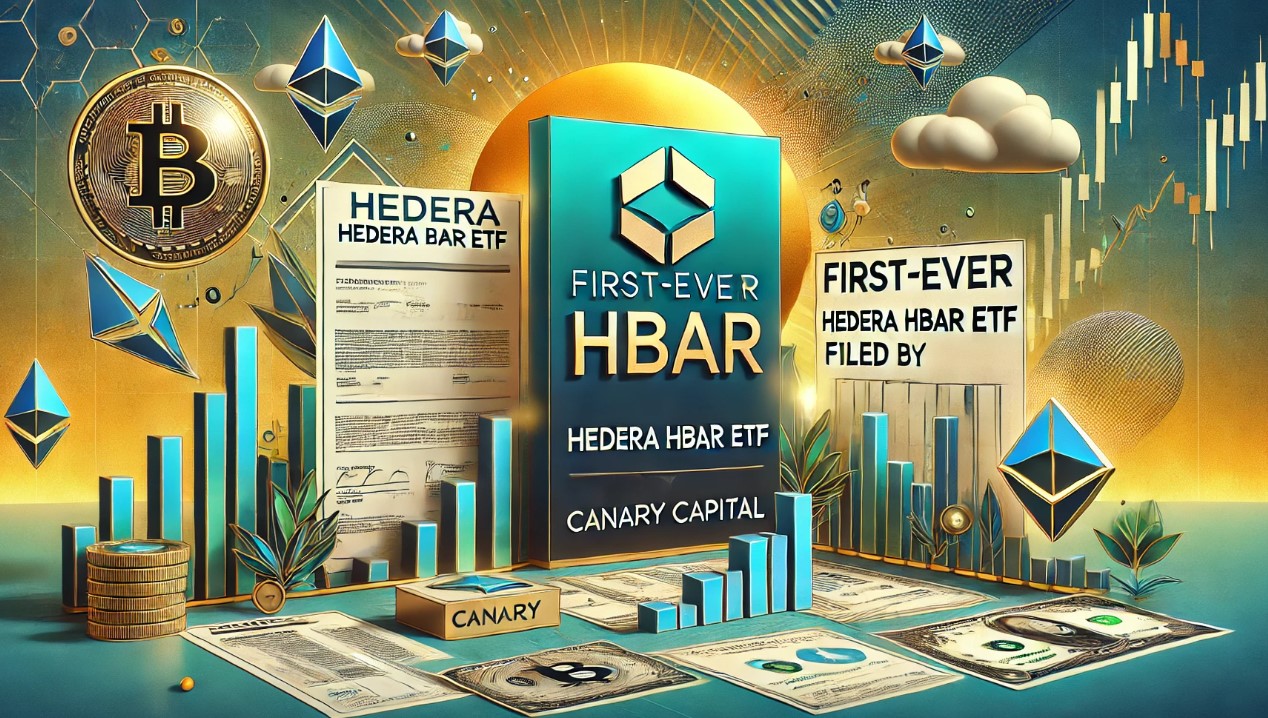In January this year the SEC approved spot trading on exchanges of funds invested in Bitcoin, making investment in Bitcoin accessible to ordinary investors. These Exchange Traded Funds (ETFs) raise funds through a share issuance to purchase Bitcoins that are then stored in a secure digital vault. The price of the ETF shares, therefore, reflects the dollar price of Bitcoins, and effectively allows ordinary investors to trade in Bitcoins without incurring the custody risks. With this approval, the crypto asset sector is plainly on a path aimed squarely at the financial mainstream.
Of course, serious roadblocks remain, not the last of which (in the United States at least) is the absence of federal regulation created especially for cryptocurrency. And without a clear set of rules to separate the next Sam Bankman-Fried from honest actors, the crypto market will likely never be viewed as fully mature in the eyes of some investors.
That said, there is evidence that the regulatory shortcomings are being addressed. Several U.S. states already require that crypto entities receive licenses to transact business locally, and the sector has of course been heavily policed by the SEC, the Department of Justice and other federal agencies. In addition, the sector itself has has taken steps to self-regulate, in an attempt to signal to investors that the Wild West days of the “initial coin offering” (ICO) boom are gone for good. For example, some cryptocurrency exchanges have registered as Money Service Businesses with the Financial Crimes Enforcement Network (FinCEN), which requires compliance with the U.S. Bank Secrecy Act.
My research suggests that these self-regulation efforts are much more than a PR stunt — they are concrete signals of the crypto market’s maturation and its readiness to embrace regulation, despite the relative lack of action from the federal government to go beyond policing to produce crypto-specific regulation. In a recent paper for the Journal of Financial and Quantitative Analysis, Mahendrarajah Nimalendran, Praveen Pathak, Liangfei Qiu, and I have looked specifically at market efficiency, which is typically used to measure return predictability and the market’s ability to self-regulate.
In essence, market efficiency tracks how well asset prices absorb newly available information and change accordingly to inform investors. In inefficient markets better-informed traders can gain abnormal returns, whereas the uninformed traders are at a disadvantage due to information asymmetry. By requiring publicly traded companies to disclose financial information on a quarterly basis, the SEC aims to curb such rent-seeking behavior from informed traders in the traditional equities market.
Researchers traditionally measure efficiency by means of variance ratios (VR) — which reflect the predictability of price movements over time. If a market is efficient (i.e., new information is continually being priced in), one should not be able to predict an asset’s future price based on its current price. Statistically, more efficient markets should produce variance ratios closer to 1.
Our research draws comparisons between the efficiency of three crypto asset classes with varying degrees of regulatory oversight. Initial coin offerings are unbound by any official legal framework, just as they were in the grift-filled late 2010s. A more recent innovation, initial exchange offerings (IEOs) are launched by crypto exchanges rather than independent entrepreneurs, a form of soft regulation that promises to deliver an additional layer of due diligence. In addition, many leading exchanges, e.g., Kraken and Coinbase, have elected to obtain Money Service Business licenses from FinCEN, obliging compliance with anti-money laundering regulations, etc.
Finally, initial decentralized exchange offerings (IDOs) utilize the permissionless blockchain to raise money directly from investors. In this model cryptocurrency owners pool their assets and issue standard tokens against the pool that can be immediately traded through the blockchain. The trading process is automated, which cuts down on market frictions and speeds up trade settlements. In theory, the pooling and reduction of friction should promote market efficiency. IDOs are, however, unregulated — which prompted us to investigate whether a radically decentralized but unregulated asset such as IDOs would be more market-efficient than one with third-party oversight, i.e. IEOs.
We analyzed VR for 174 crypto-assets issued between January 2021 and December 2022, as well as initial public offerings (IPOs) for the same period. Analysis of price movements for these assets between January 2021 and March 2023 showed that cryptoassets subject to FinCEN compliance — i.e., the licensed IEOs — were comparable in their efficiency to IPOs over their first year on the market. Comparing IPOs in our sample to ICOs, we found that the former were 3.8 percent more efficient on average. Finally, we established that although IDOs were marginally more efficient than licensed IEOs in the short term (100 days), their advantage faded over time, suggesting that the efficiency boost derived from algorithmically delivered liquidity is short-lived, compared to the benefit of additional regulation.
The bottom line is that from an investor perspective not all cryptocurrencies should be lumped together. The fact that crypto-asset vehicles exist that have taken extra steps to comply with third-party regulations signals that the sector is maturing and materially evolving in a direction meant to inspire investor confidence. This is happening despite the lack of federal regulations for cryptocurrencies.
Our research suggests that the crypto sector as a whole has indeed moved on from the ICO mania of 2017–18. In addition to our main sample, we performed a longer-term historical analysis comparing average VR for IPOs and ICOs that were issued between 2016–2018 to those from 2020–21. The efficiency gap between regulated stocks and unregulated tokens was one-third smaller in the later sample.
There are a number of factors driving this. As investors become more knowledgeable about crypto, they are better able to identify and avoid low-quality projects. The introduction of more professionalized products such as IEOs has demonstrated the need for the entire industry to up its game. High-profile SEC enforcement actions against Coinbase and Ripple have scared many would-be scammers straight.
In short, our research paints a picture of a crypto market whose players are busily preparing for more mainstream adoption, though at different speeds and stages of development. While political gridlock may prevent lawmakers from drafting tailored regulations for crypto anytime soon, encouraging crypto projects’ self-initiated compliance with comparable frameworks such as those implemented by FinCEN may serve as a functional workaround.
Credit: Source link















































